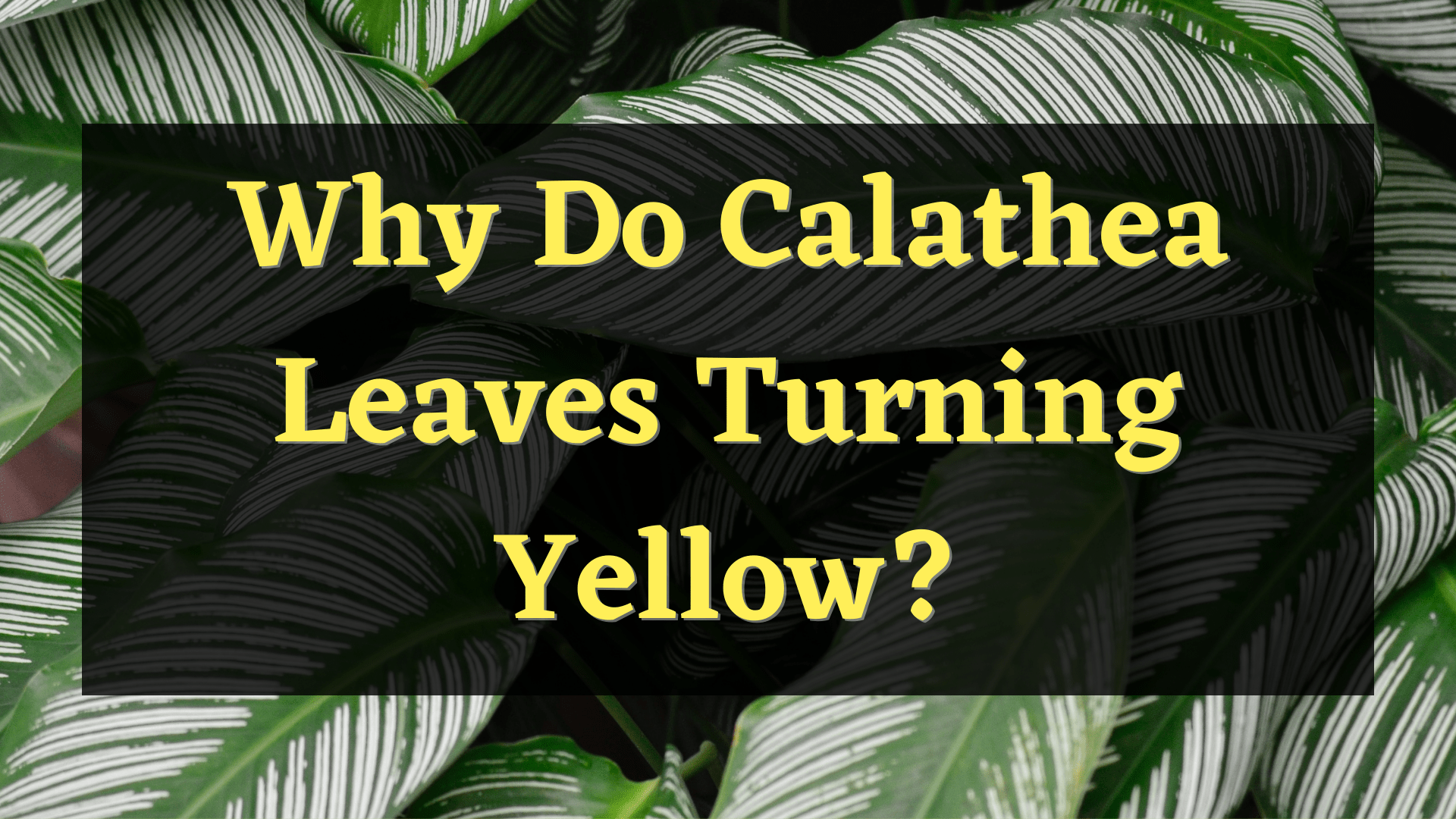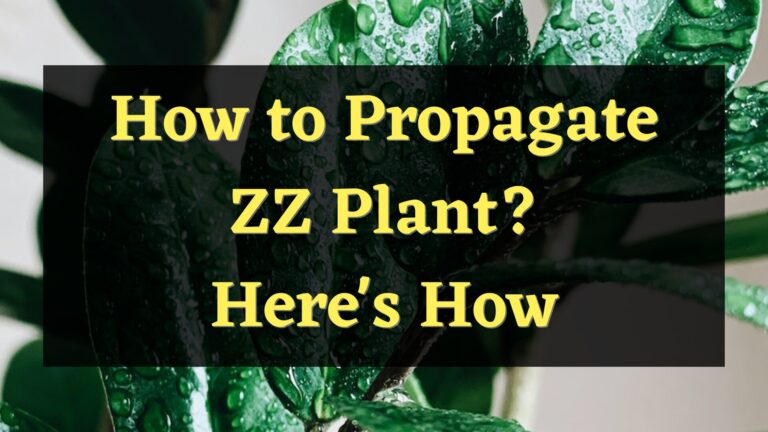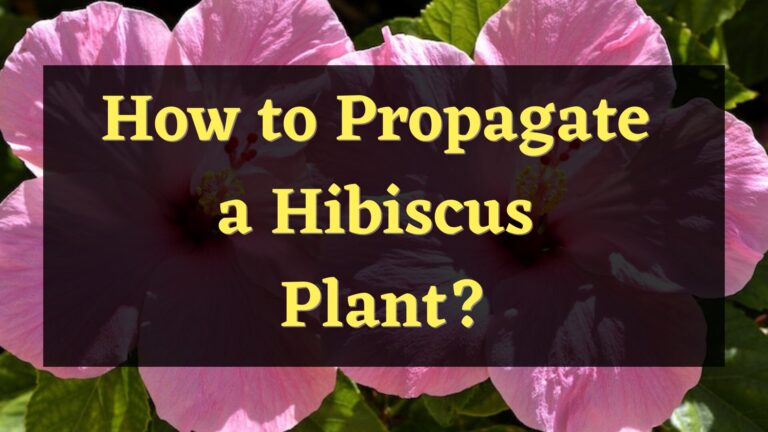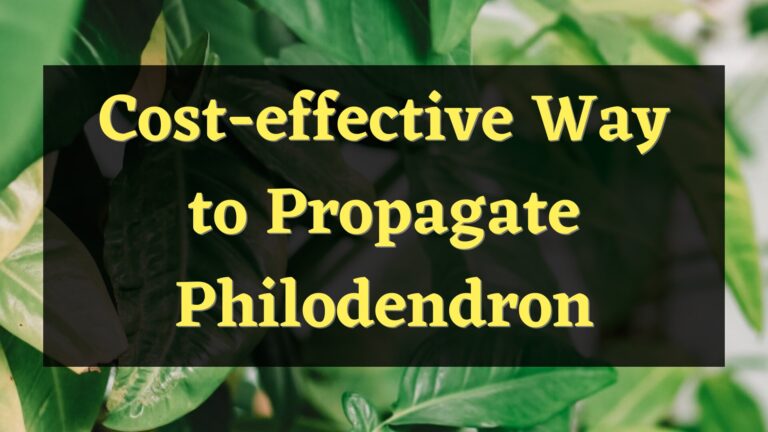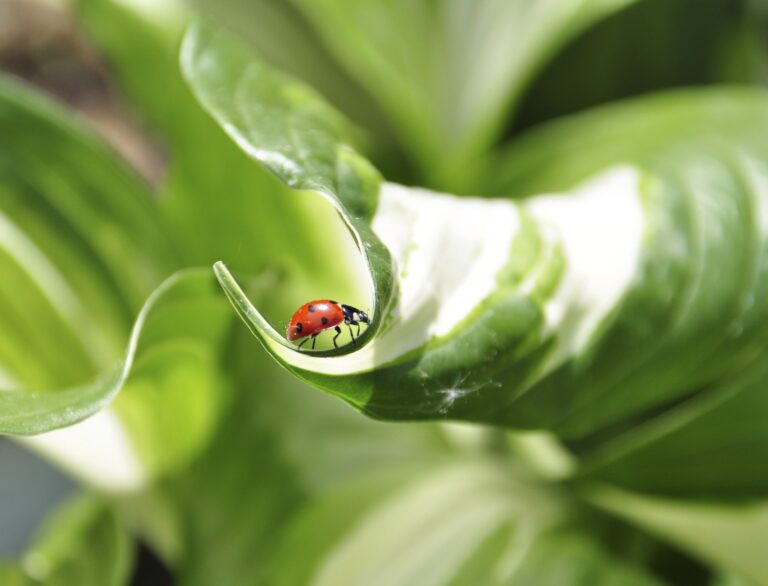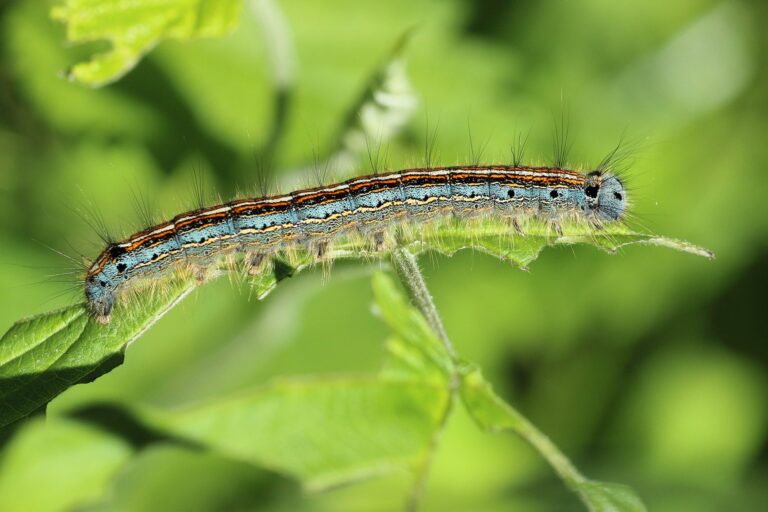It is very frustrating to see your Calathea leaves turning yellow. Calatheas are easy to grow and fast-growing plants with amazing foliage; however, they are very moody and become grouchy if their living conditions are not met. They convey their dissatisfaction through their leaves. Find out why this is happening to the leaves of your Calathea plants and what the best treatment is that you can give it.
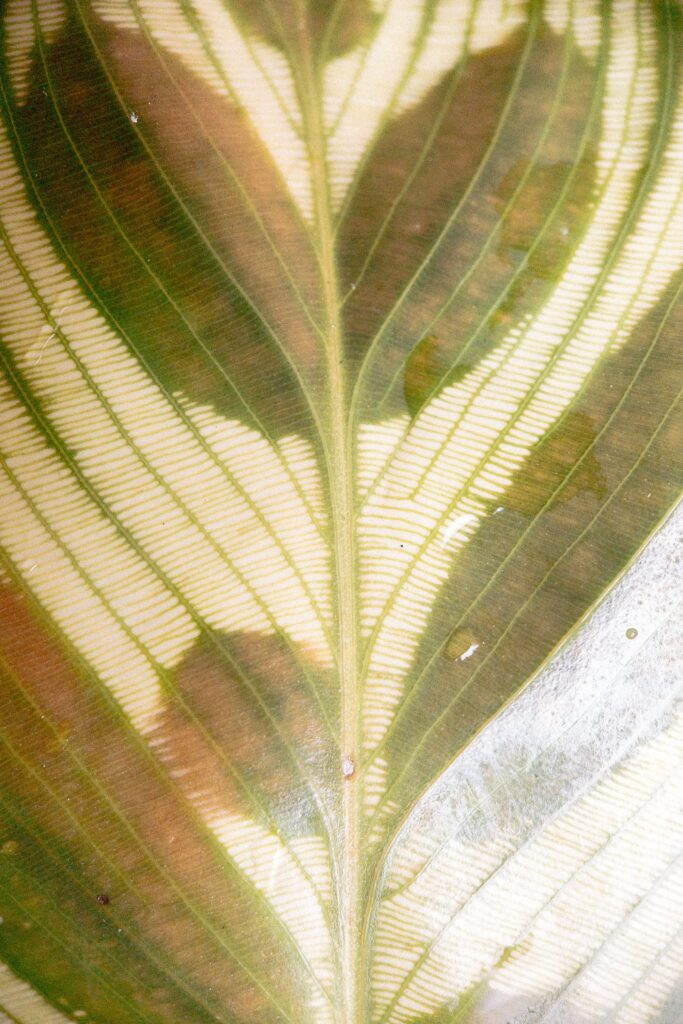
What is a Calathea plant?
Calathea, also commonly known as cathedral plant, peacock plant, zebra plant, rattlesnake plant, and prayer plant, is a genus of flowering plants that is part of the Marantaceae family. There are about 200 species that were assigned to Calathea that are now in the Geoppertia genus. As of today, the genus Calathea only contains around 60 species. These species of plants naturally grow in the jungles of South America. They thrive by living under the canopy of leaves from the large trees in the jungle, hence the name “shadow plant”.
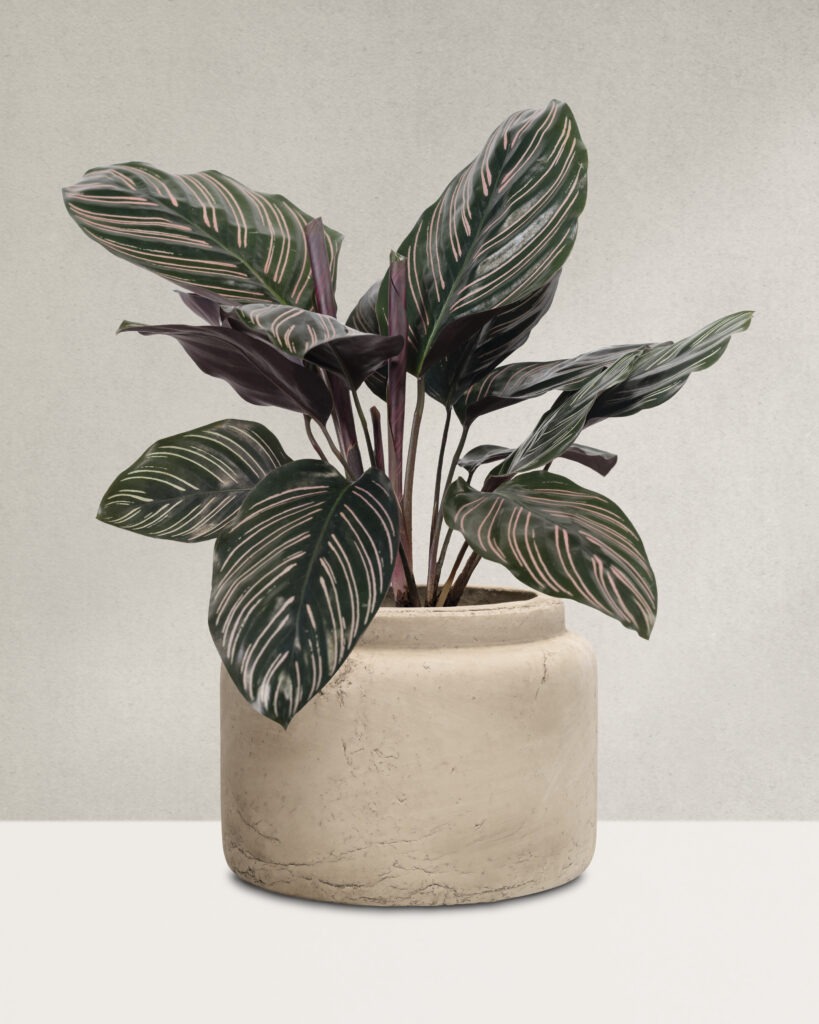
Calatheas need a specific kind of care in order to successfully thrive. It is a kind of plant that does best in indirect light, which makes it ideal for planting indoors. Because they are reasonably simple to care for and have lovely foliage, Calatheas are highly popular for indoor gardening. The plant offers a bright green environment to liven up the cultivator’s indoor spaces.
Reasons why Calathea leaves turning yellow
There are a lot of possible causes for why your Calathea plant’s leaves are getting yellow. Here are the most common reasons:
Overwatering
When you see your plant’s leaves start to turn yellow, one of the biggest possible reasons for this is overwatering. This is a very common cause of a plant’s leaves turning yellow. They always want a consistent, slightly moist environment, but overwatering them is a big no for them. When the soil becomes wet, not only the leaves but also the roots are vulnerable.
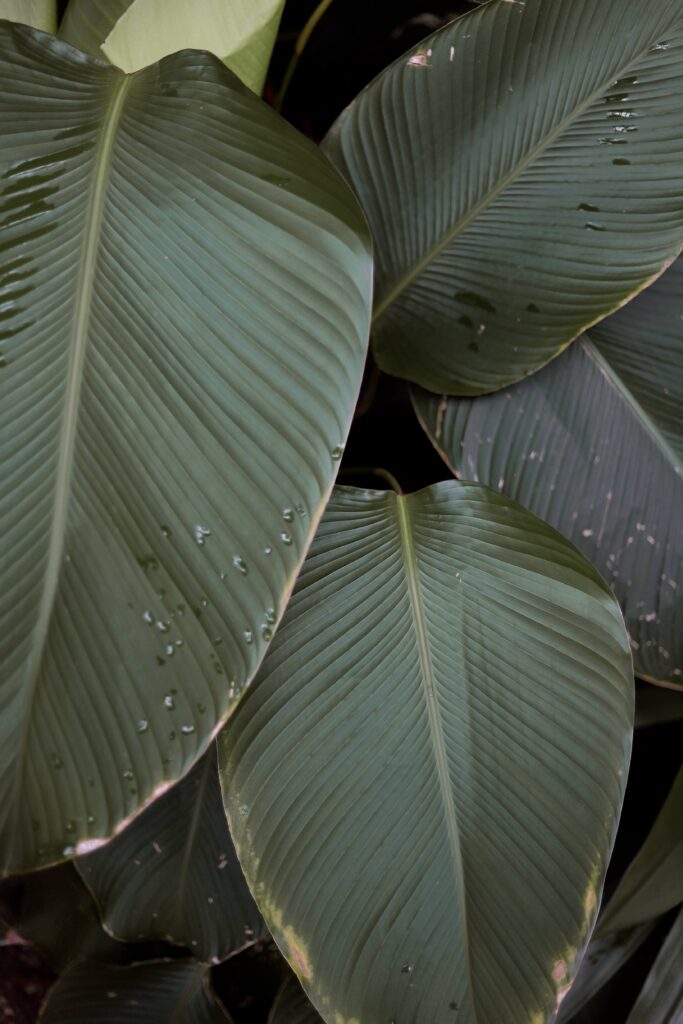
Dry soil
On the flip side, Calatheas are also a plant that gets stressed quickly if the soil becomes too dry. And the stress that your plant feels will reflect on the color of its leaves. As a result, their leaves are turning yellow. One of the early signs of your plant’s dehydration is if it closes its leaves during the daytime. However, you can not always depend on your plant’s leaves to know that they are in need of water. To keep your plants healthy, you should constantly monitor the soil.
Low Humidity
As you may know, Calatheas are tropical plants that require high humidity to always look and be at their best. Although they can survive low humidity, it can sometimes cause them stress and trigger the yellowing of their leaves. Grouping them together can increase the local humidity by a small amount, but be careful that you don’t crowd them too much to ensure good airflow.
Incorrect Lighting
All of the Calatheas are sensitive to every little change in their environment. Low light and direct sunlight can cause their leaves to turn yellow. Calatheas loves to have at least eight hours of bright but indirect light every single day. If your Calathea plants are near a window, you can try moving them further away, but be aware that even a little distance from where you move your plant also significantly drops the light intensity. A few feet will do just fine.
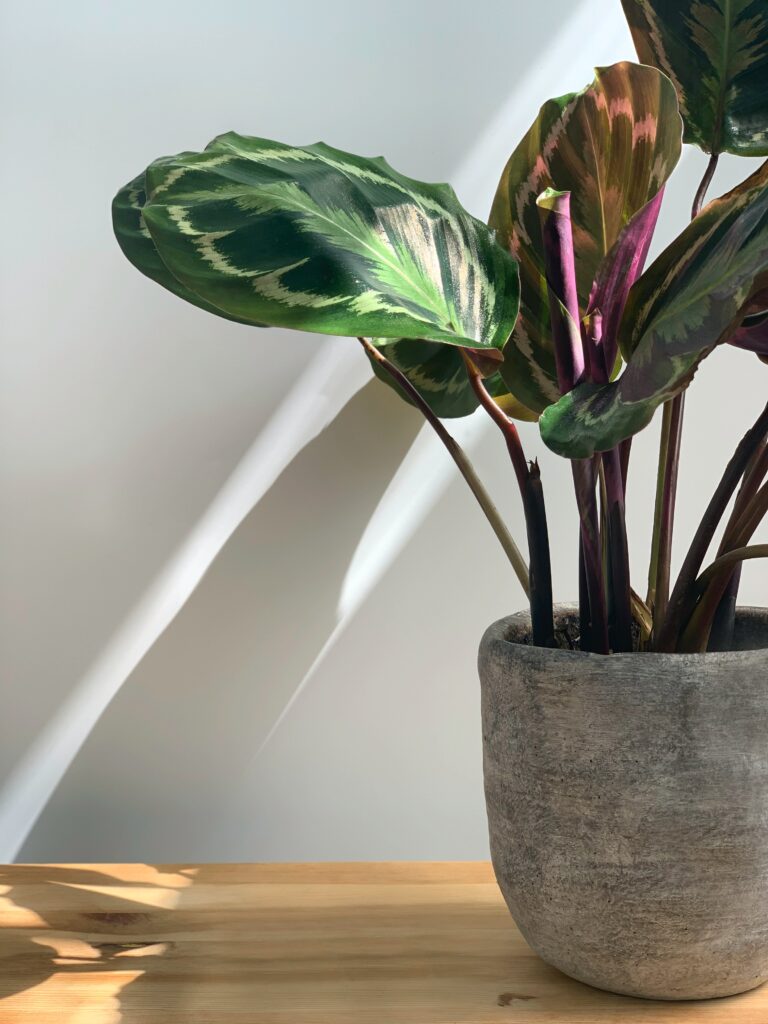
Acclimation
A newly bought, healthy Calathea plant that you just brought home suddenly turns yellow? Don’t discard it just yet. This is very common, as Calatheas are very sensitive, and just by simply changing their location, they can experience stress. Double-check your plant’s condition and give them an ample amount of time to be able to adjust to its new environment.
Fertilization Issues
Calatheas are plants that can grow on their own naturally. They do not require heavy fertilization. Overfeeding them causes not just their leaves to turn yellow but other issues as well. A light application of a balanced fertilizer in the spring or late summer is enough for the plant.
Pests and Diseases
Infestations can also cause your plant’s leaves to turn yellow. Misting can help solve this problem. However, a weekly shower has proven to be very helpful as it could knock out all dust and bugs that were attached to your plant. Be careful not to overwater your plant.
Draft
Another factor that greatly causes the yellowing of your Calathea’s leaves is a draft. Direct cold and even hot air can give your plant stress. You can keep your Calathea plant healthy and protected by providing it with good air circulation.
Aging
It is natural that the leaves of your plants can turn yellow if they are old enough. A mature leaf that is deteriorating because of its age cannot recover, so it is better to just prune or cut it off. This is the only reason you won’t have to worry because it is natural and there is nothing you can do about it anyway.
How should the yellow leaves on a Calathea plant be treated?
One of the main causes of Calathea leaves turning yellow is overwatering or dry soil, so providing your plant with well-draining soil and regularly watering them can prevent these scenarios and even treat them if the problem already persists. You can also observe your plant to see if it needed to transfer to a completely new location. Pruning also allows your plant to focus its energy on growing new leaves instead of keeping the aging leaves that are considered deadweight for your Calathea plant.
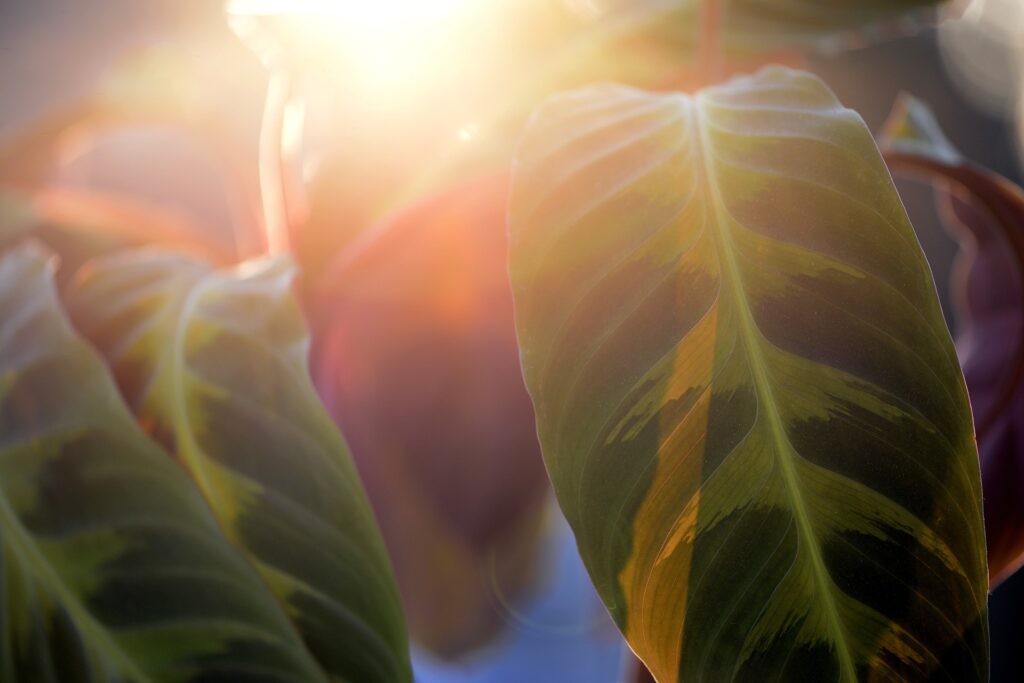
Conclusion
The leaves of your Calathea may become yellow for a variety of reasons. They can be minor problems or those that could seriously harm your plant. However, there are numerous ways how to treat your plant’s yellow leaves, just as there are many causes for the problem. Finding the ideal treatment for your plant’s problem requires that you also correctly identify the source of the problem.

Elizabeth Mcmillan is a passionate gardener with a strong interest in plants. She used to be a teacher, but Elizabeth has spent the last few years immersing herself in the world of plants, learning about their biology and cultural value and trying out different ways of growing them in her own garden. Elizabeth Mcmillan loves indoor plants, succulents, and cacti, and her friends and family know her as a plant care expert.

